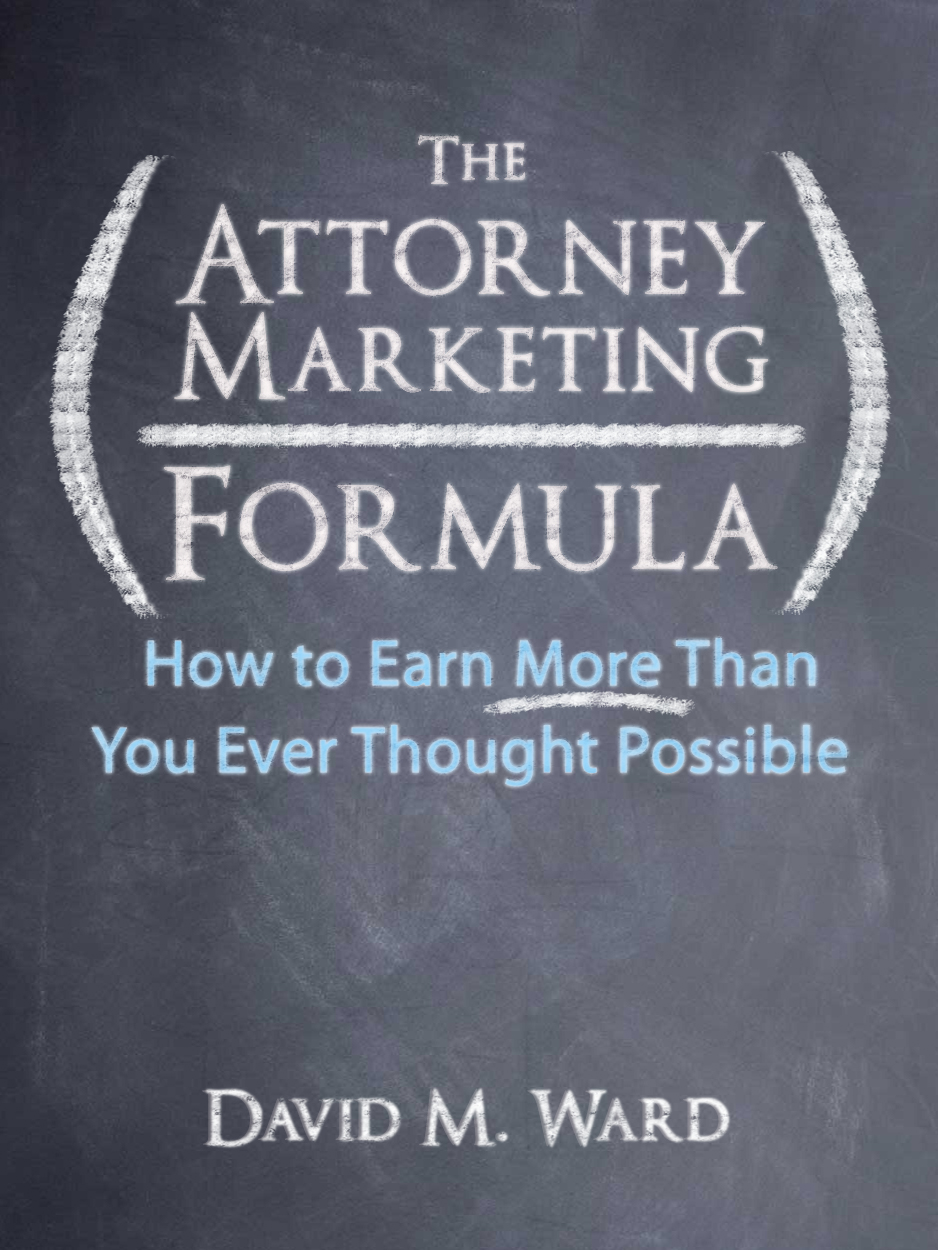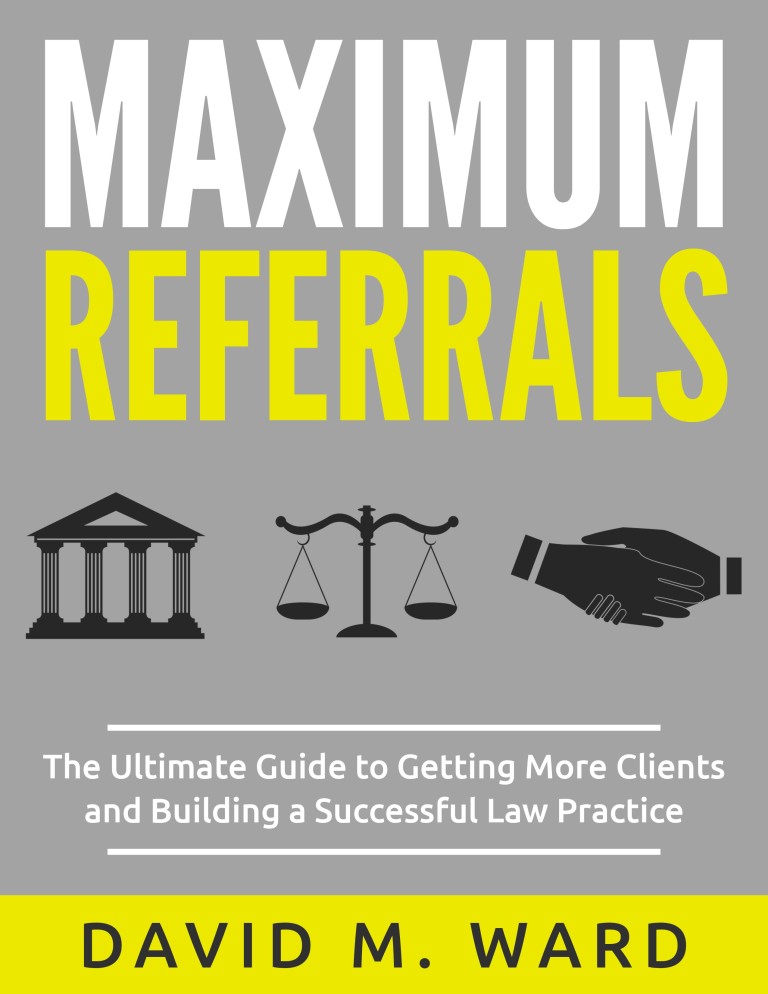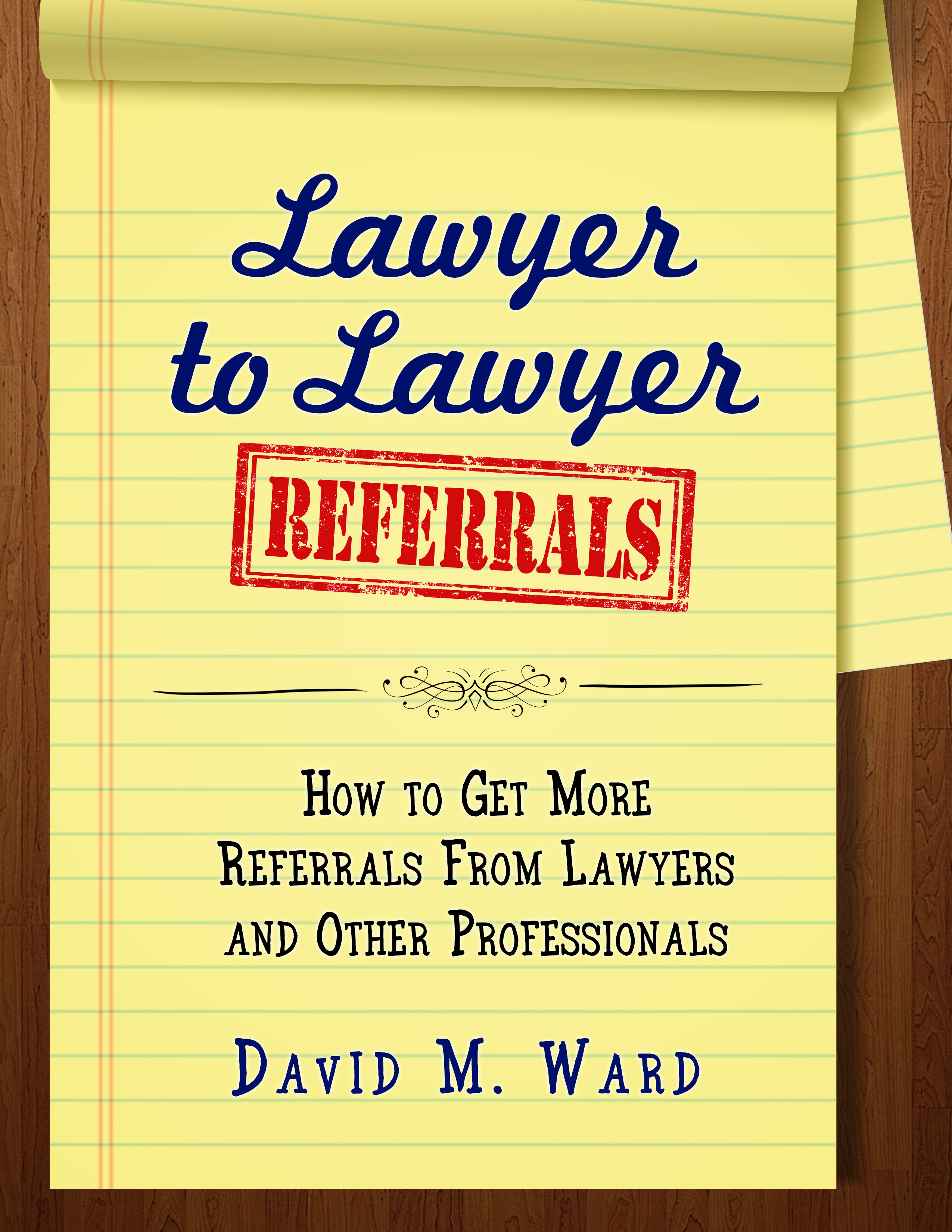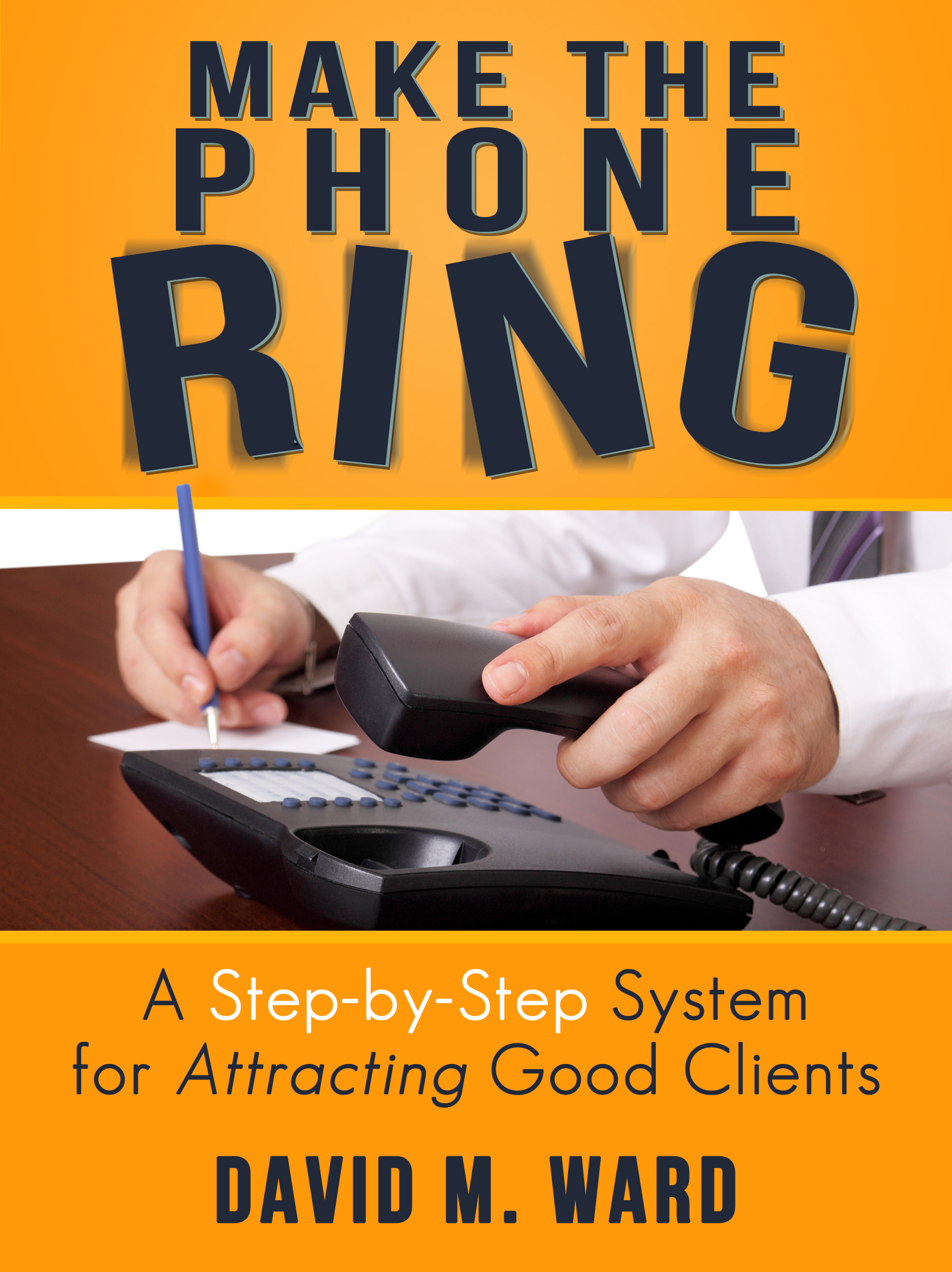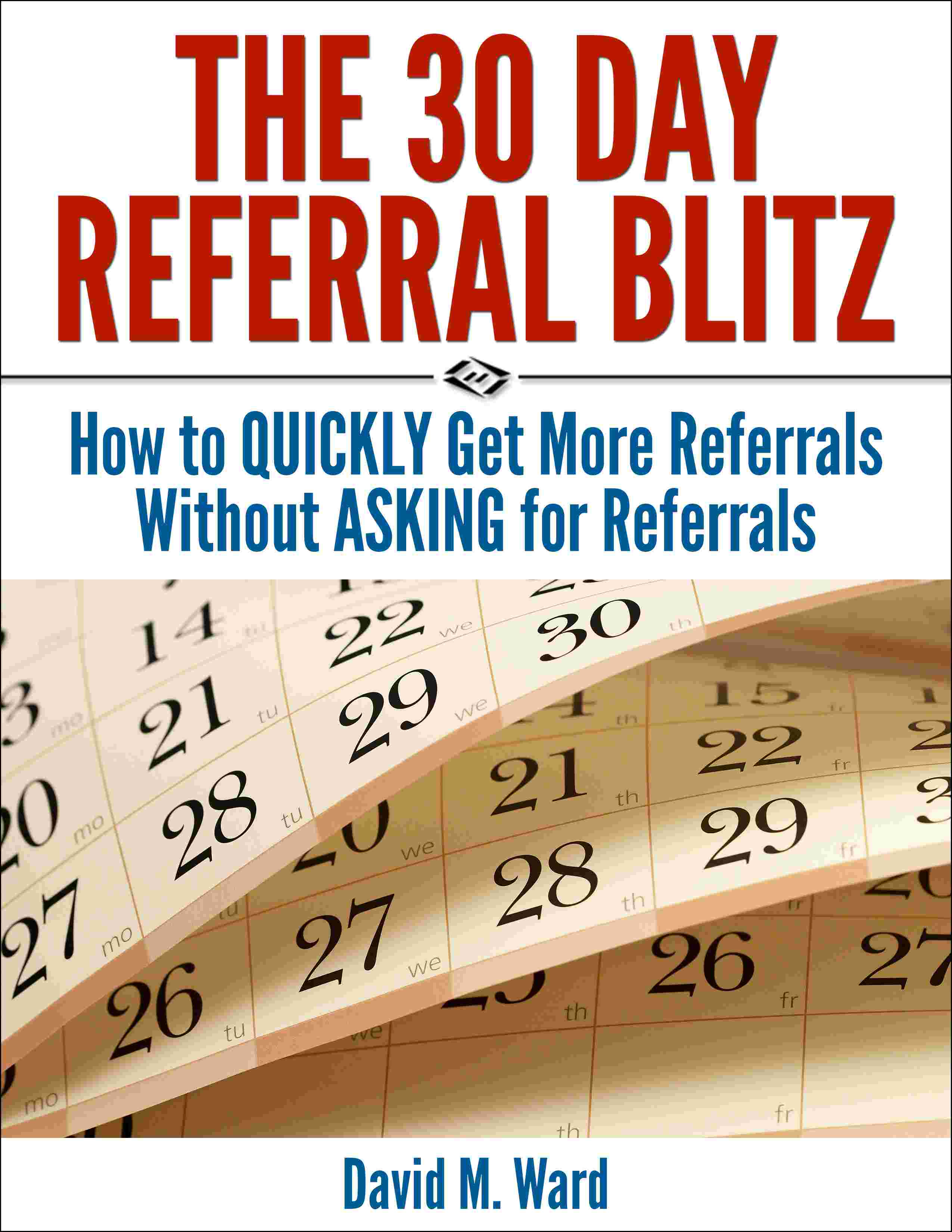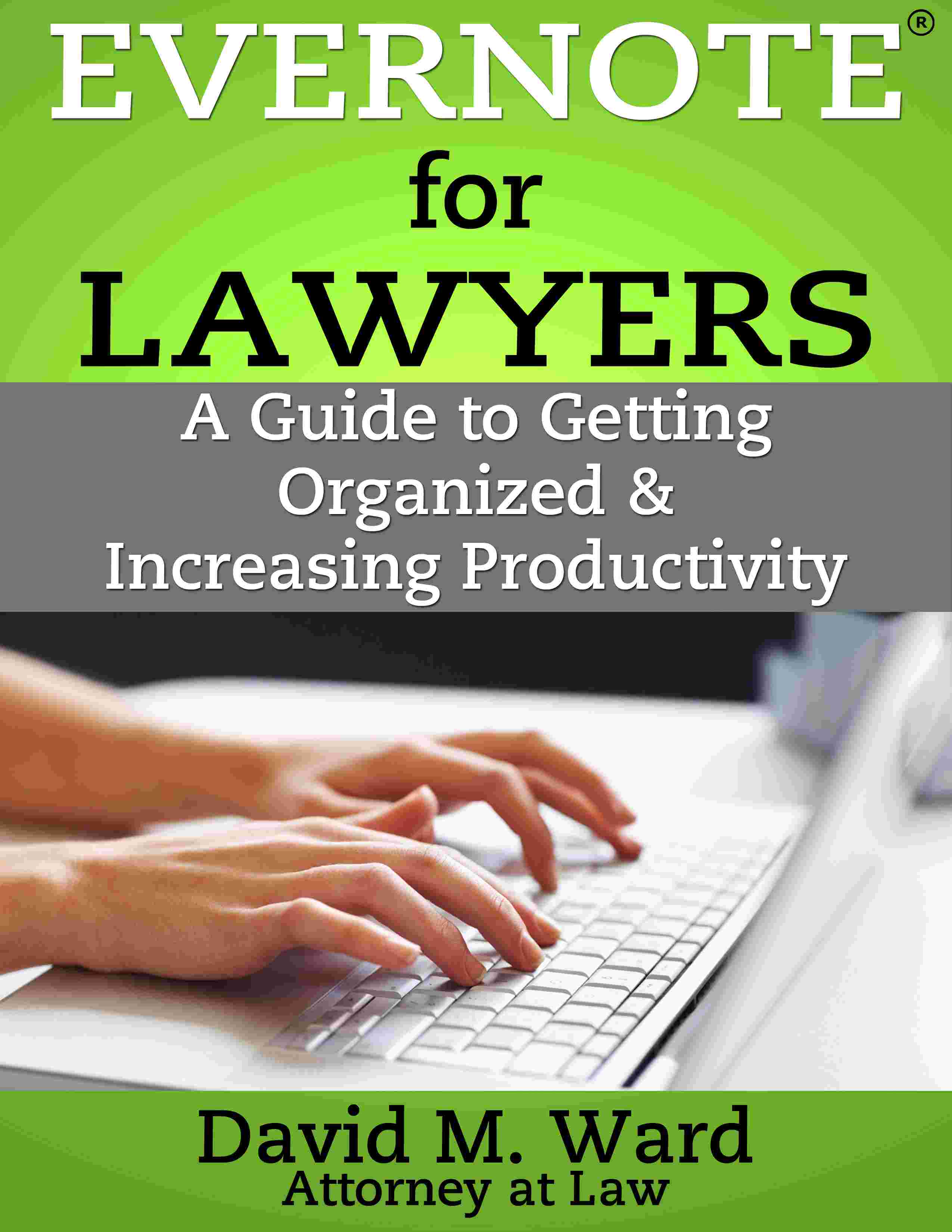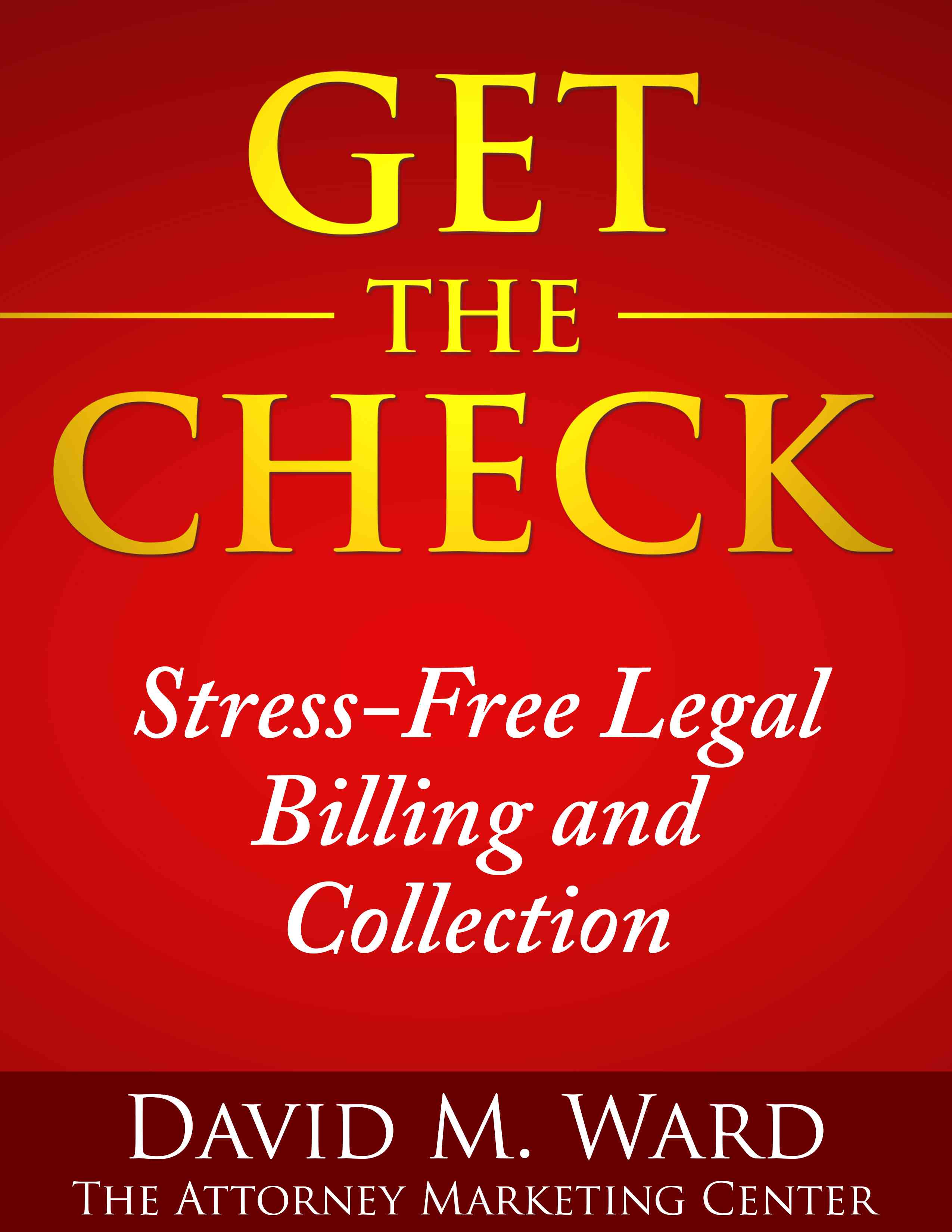Some people think we shouldn’t tell people what to do. We should give them the options and let them decide.
Tell them what they “could” do, not what they “should” do.
I understand the sentiment but when someone looks to you for advice, they want you to tell them what to do.
When a client hires you to advise him, you can (and should) present different ways to do it, but then, tell him which option is best. They’re paying for your experience and judgment. They want to know what you recommend.
When you tell them, you’re telling them what they “should” do.
Tell your clients what they should do.
(Yes, I’m telling you what you should do. Not what you might do. You can choose to follow my advice or reject it. But at least you know what I recommend.)
You should also tell your newsletter and blog readers and presentation attendees what to do. With less specificity, of course, because you don’t know the specifics of their situation. But if you have recommendations about what someone should do in a given situation, tell them what to do.
I saw an article this morning about this subject in the context of employers and employees. The article said we should tell our staff what they “could” do, not what they “should” do.
Yes, you want to empower your staff to think for themselves and not come to you with every little issue, but if you want your secretary to call someone or email someone or bring you something, telling them what they could do or might do is just silly.
You’re not going to say, “I’m running late for my 2 O’clock with Mr. Jones. You could call him to re-schedule.”
You’re going to tell your secretary to call.
Be nice about it. Say please and thank you. But tell her.
That’s what you should do.
Questions about what to write in a newsletter? Here are the answers

